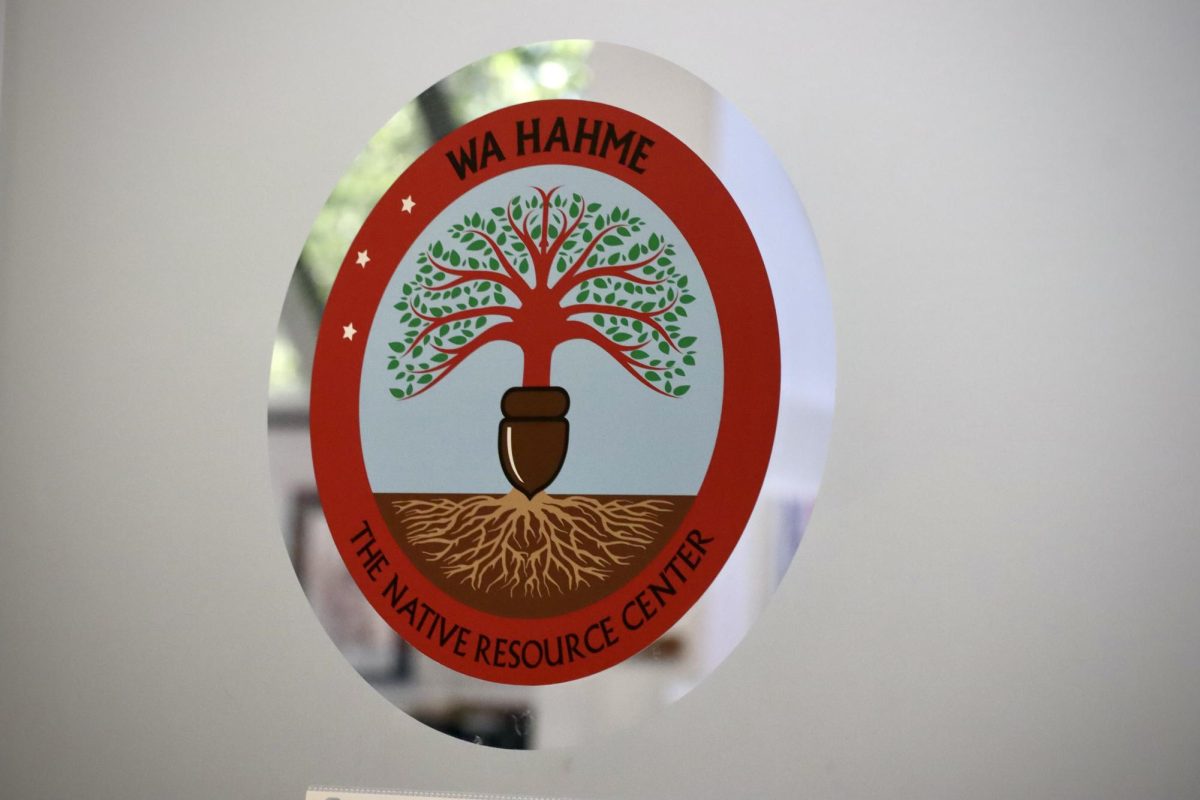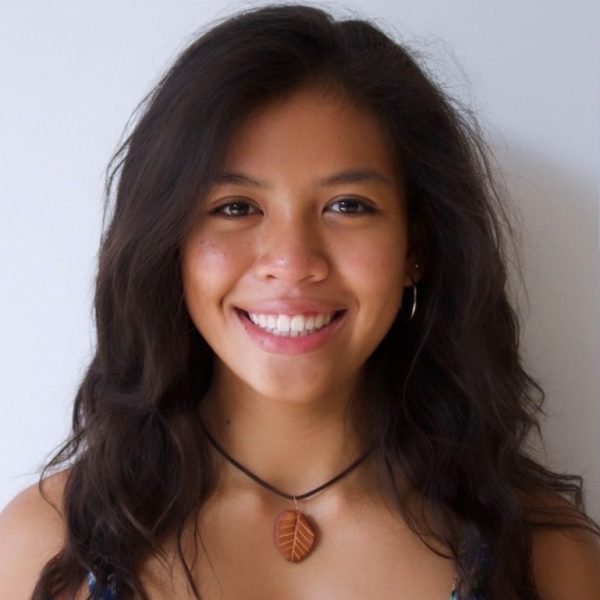Convocation. New student orientation. Syllabus days. Graduation. These are events that almost every San Diego State University student experiences.
They also share one thing in common that may often be overlooked: The Kumeyaay Land Acknowledgment.
The Kumeyaay Land Acknowledgement has become an integral part of SDSU’s image. Present at all official events, the statement serves to honor and recognize Indigenous people upon whose land the school rests. In 2019, the official land acknowledgment statement was written by Mike Connolly Miskwish, a former professor, historian and researcher of American Indian Studies at SDSU.
It was created in collaboration with Kumeyaay elders and leadership, according to an article by the NewsCenter.
According to the school’s website, the land that the school rests on was illegally taken from the Kumeyaay people and most Indigenous communities consider themselves to still be under colonialism. Land acknowledgment, however, serves to raise awareness of this and provoke reflection.
Though widely celebrated, the statement faced criticisms in its installment. Some professors argued that its mandatory inclusion limited their right to free speech or likened it to religious imposition, while others felt that it was a moral obligation to honor the land the school resides on.
After much debate, the school senate voted to make the statement optional for professors to include in their syllabi in March 2022.
Now, it is included as a statement in many course syllabi at the professors’ discretion as well as part of all official events and ceremonies. Many, though, are questioning if that is enough.
“It has gone from something that’s been intentionally implemented to something of a checkbox. ‘Did we tell people where the restrooms are, what time we’re doing lunch at, did we do the land acknowledgment type of thing,”’ said Chris Medellin, director of the Native Resource Center (NRC). “There’s folks out there that definitely agree that it’s been made a performative ritual and that there should be something else done.”
Many course syllabi place the Kumeyaay Land Acknowledgement statement somewhere amongst the grading scale, assignments and deadlines. Students voiced their appreciation of the statement but also urged the school to do more.
Derrick Herrera, a senior American Indian Studies major, is the former president and current acting vice president of the Native American Student Alliance. He also serves on the Associated Students Board of Directors and works at the NRC.
“SDSU serves as a model for the students and communities they’re in. … People feel like sometimes it could be a nuisance in the sense that they just kind of have to do it for etiquette purposes,” Herrera said. “I think it comes from the fact that as a school, we don’t provide much history, let alone like training or learning opportunities about the intentionality of this specific land acknowledgment and the role that it plays for the community.”
Herrera — a member of the Kumeyaay tribe — expressed frustration with how, despite many institutions of higher education having started using land acknowledgments, it often felt like a burden to the people of the land to create a statement for the school’s public approval.
He emphasized the importance of having intentionality, history and reasoning behind these statements rather than “just plastering it somewhere without any context, or any means to understanding what role it has.”
Its optional nature has students questioning the value and importance the school places on the land acknowledgment.
“Why are so many things mandatory at SDSU, but then something they say is so important, isn’t?” said Michael Rincon, a fourth-year business major and member of the Chickasaw nation.
“For them to not even make it mandatory says a lot, because it shows what’s important and what’s not. “I’ve never had anyone acknowledge us, it’s always the Pledge of Allegiance. Never been like, ‘Hey let’s thank the Native Americans because we took their land.’”
For Rincon, the Land Acknowledgement isn’t just a formality.
“It’s powerful to me. … It’s like when the girl sings the national anthem and you get chills,” he said.
Rincon said that despite being disappointed by the statement not being mandatory, the professors who still do choose to include the statement give him hope. This is because it is a sign of respect and recognition that the Native American people are here and that this is still their land. It is a choice which makes it all the more meaningful.
This is especially poignant in light of the longstanding Native American Graves Protection and Repatriation Act (NAGPRA) and their call for Californian universities to return sacred native artifacts, and their limited compliance. Artifacts are often used for research and teaching purposes, but in recent years, the California State University system has been audited for the possession and failure to repatriate the artifacts.
“At least 21 of CSU’s 23 campuses possess nearly 700,000 sacred artifacts,” according to the California Faculty Association website. San Diego State University was one of the four schools within the CSU system that were audited on-site.
The San Diego Union-Tribune reported that 19% of SDSU’s 90,000-object collection has been returned. Lack of policy, funding and trained personnel contribute to the slow process of repatriation of native artifacts; many of which are sacred, fragile, or remains.
Medellin offered suggestions as to what more the school faculty and students could do in response to the Land Acknowledgement statement.
“There are a lot of different ways in which folks can be more intentional,” he said. “Some of those things can include acknowledging one’s intention on why they are doing the statement. Is it because the university says you should, other people do it, or do you want to bring some intention beyond that? It’s really recognizing and taking time to reflect on one’s position of power, of privilege.”
Rincon challenged the institution’s leadership to stand up for the Indigenous student population and community as a whole.
“For the school to put their foot down … I think that says more. Who’s really in charge? They should defend us. Those in power are the spearhead of the school,” Rincon said.
He shared appreciation for the school’s support of the NRC, the land acknowledgment and allowing them to host powwows.
Rincon, however, urged the school to not remain complacent.
“I don’t think it is (enough), but it’s a step forward. …The trajectory is moving forward, as long as (the university) doesn’t stop,” Rincon said.











